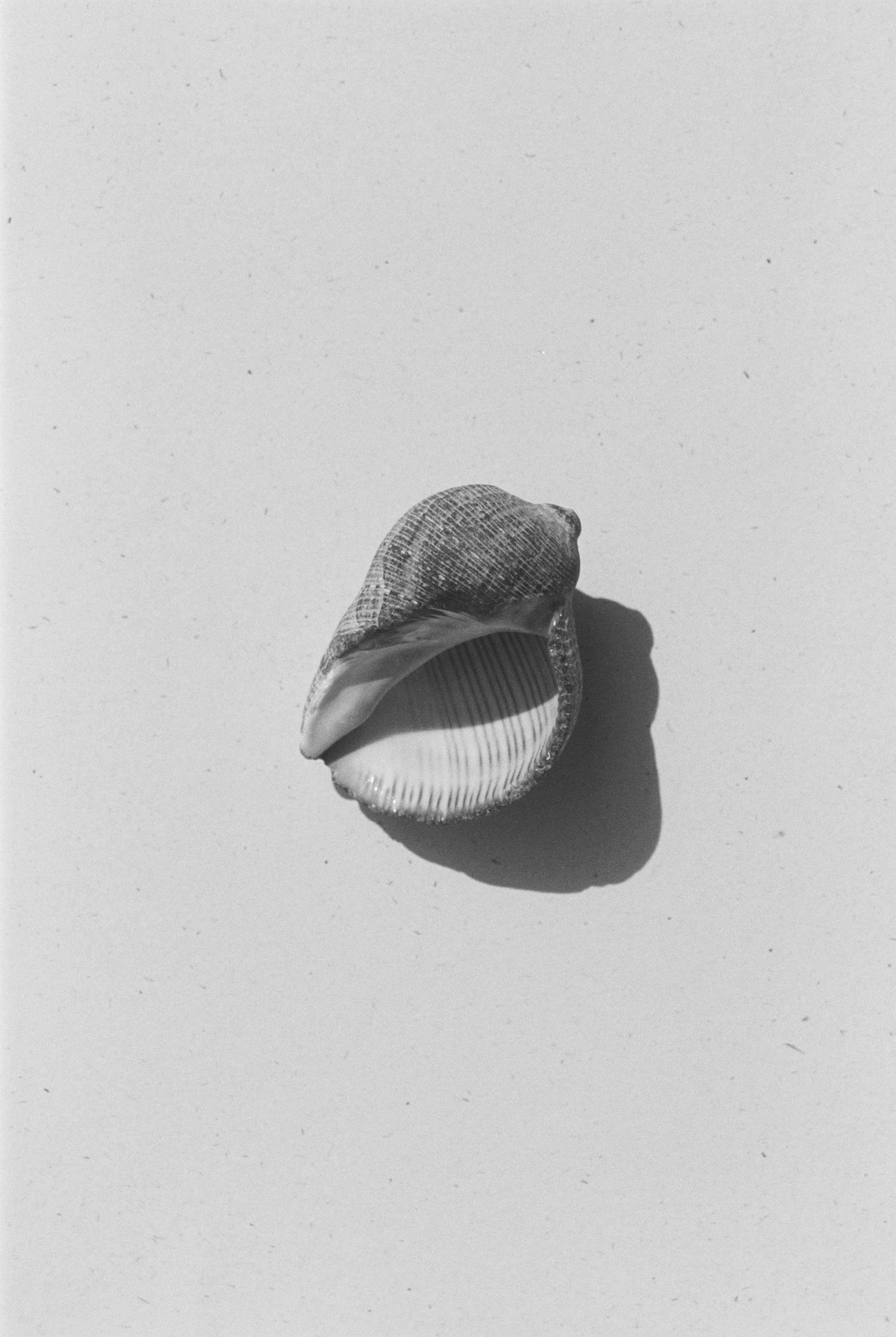
How to become a FossilA short guide to self-preservation.
How to become a FossilA short guide to self-preservation.
So you want to become a fossil, perhaps in the hopes that some anthropologist, years on, will come upon your mineralized remains. Setting the specific whys aside, do any of us have a say in who gets to be preserved in the geologic record?
Unfortunately for individuals interested in this particular strain of immortality, becoming a fossil isn’t easy. As estimated by Bill Bryson in A Short History of Nearly Everything, of the trillions of creatures that have shuffled and slithered and swum across our planet since the dawn of time, less than one-tenth of 1% have had the good dumb luck to become fossils. The vast majority of animals and plants live, die and decompose leaving nary a trace.
But there are a few ways to increase one’s chances. You can try to work things so that your body is buried under a lot of soil or ash (flash floods and volcanic eruptions can help there), so that wolves or condors can’t eat your bones before the fossilization process even begins. Drowning in a body of water where your remains can be covered up with sediment, far out of reach of predators and the elements, also ups your odds (the “covering up with sediment” part is key here, given that there are hungry fish eager to get at you underwater, too). And assuming the point of all of this is to have your fossilized remains found by somebody thousands of years hence, you should try to die somewhere deep enough for you to fossilize, but not so deep that no one ever finds you.
Even if all of those other elements fall perfectly into place—the sediment and quick burial, the avoidance of predators and eventual discovery by some future digger—the fossilization process still takes a minimum of 10,000 years, by definition. That’s a lot to think about, so don’t rush. You’ve got a whole lifetime to plan your eventual demise.



